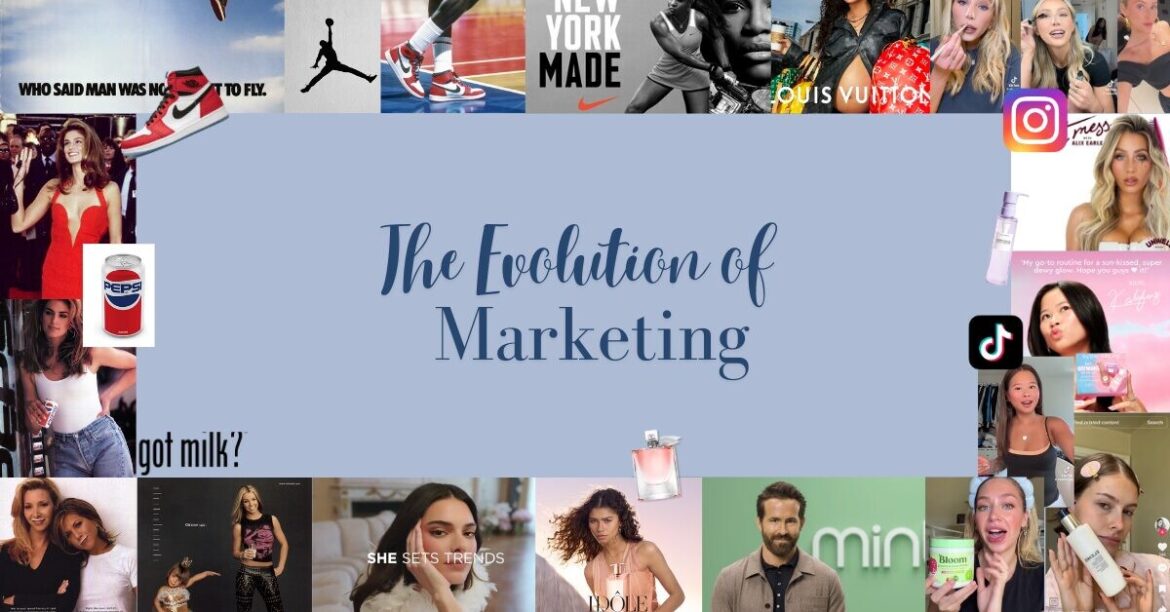Emily Telesco, Features Editor
@etelescocourant
In today’s digital age, influencer marketing has become a powerful tool for brands looking to authentically connect with younger audiences. But this trend didn’t emerge overnight. What started as traditional celebrity endorsements in the age of TV and print ads has transformed into a social media-driven industry. Now, influencers both big and small (otherwise known as “micro” influencers) have an even more significant impact on consumers, shaping purchasing decisions, brand images, and trends with authentic and relatable content.
Blast from the Past:
The mid to late 20th century was the era of mass media and widespread celebrity brand endorsements. As a 2008 article title from the New York Times states: ”Nothing Sells Like Celebrity.” Here are a few notable past examples:
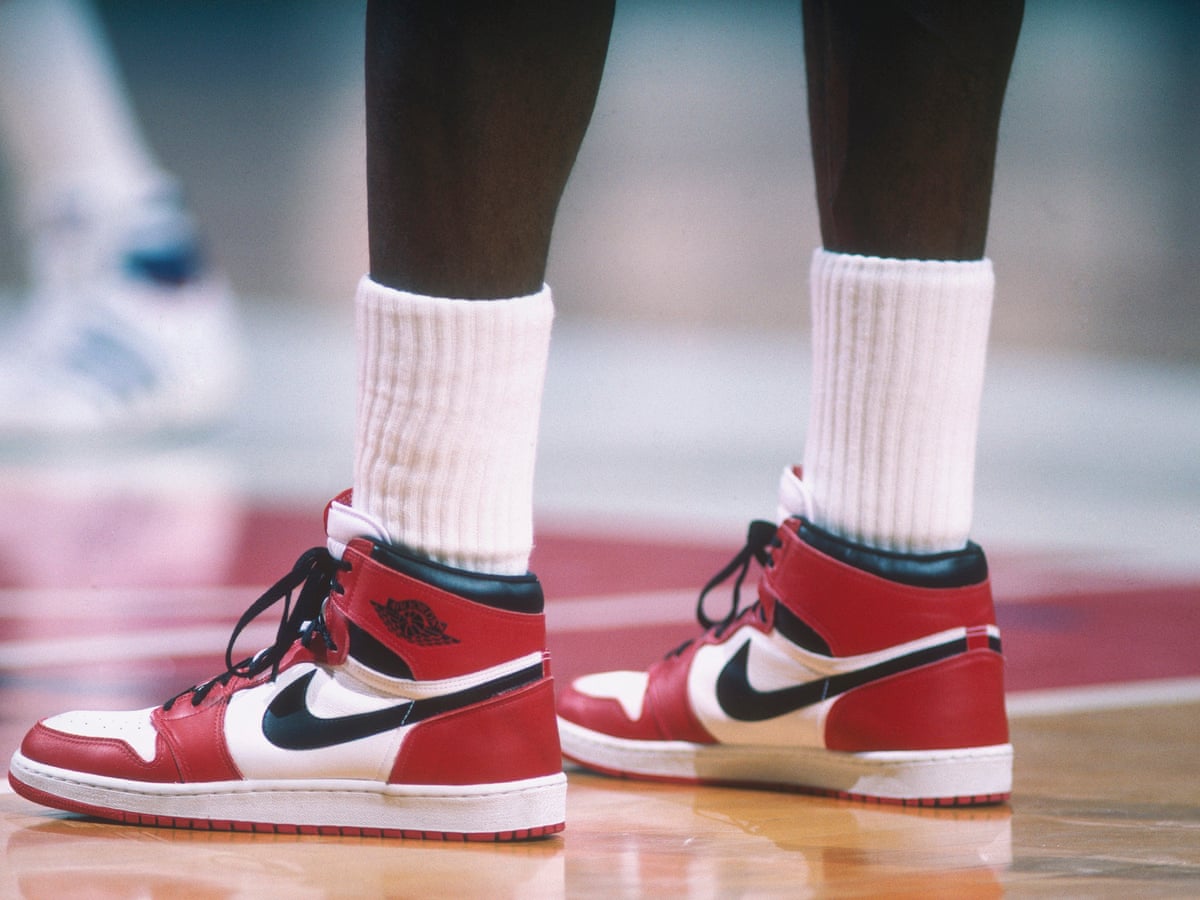
In 1984, basketball star Michael Jordan signed a $2.5 million deal with Nike, leading to the creation of the iconic red and black “Air Jordans.” At the time, Nike was struggling to make a name for themselves in the sneaker industry. But, by the end of that year, the Jordan Brand had made Nike more than $100 million. This lasting partnership between Jordan and Nike has since revolutionized athlete brand endorsements.
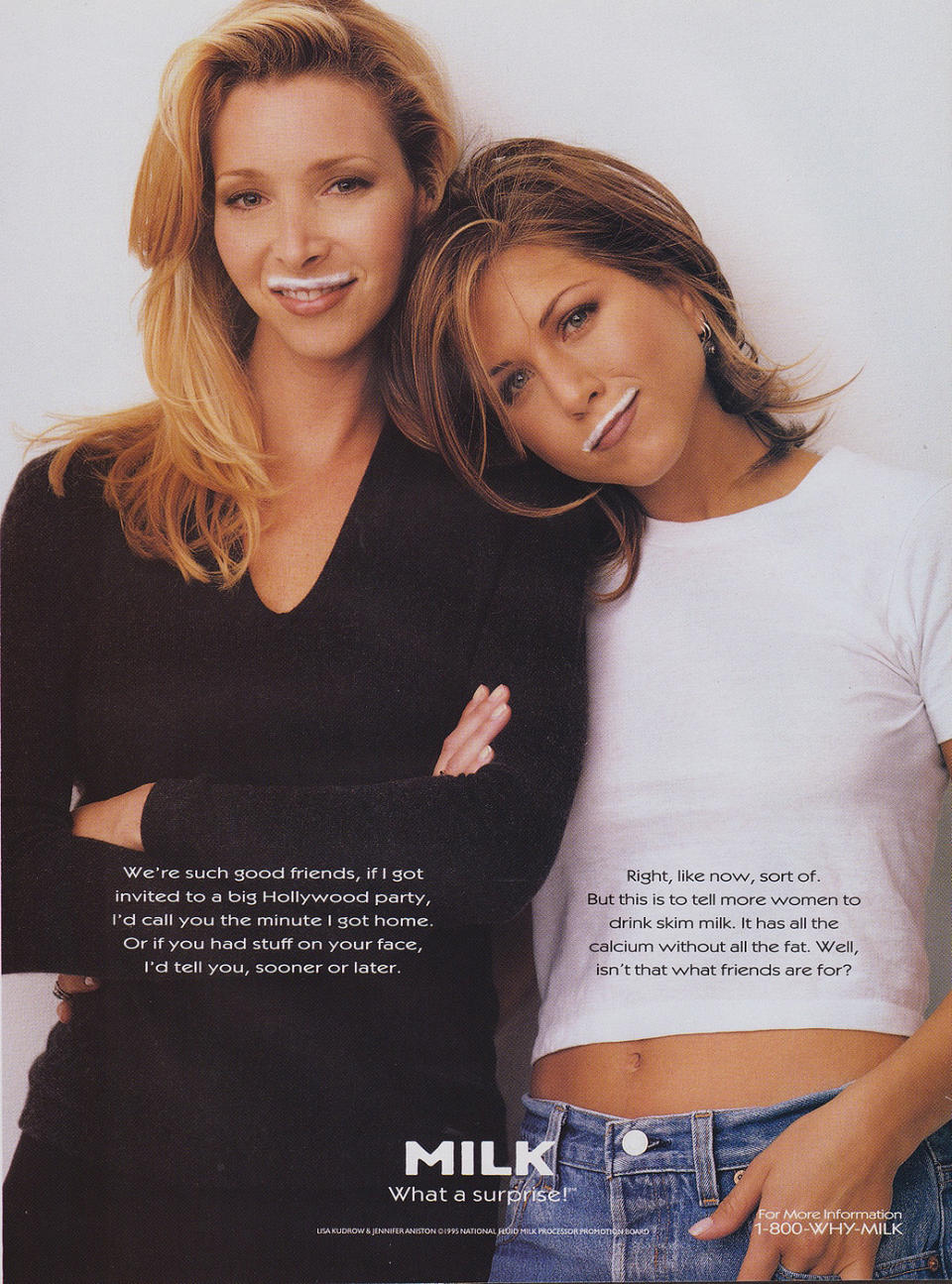
Got Milk? Well, in the late 90s and early 2000s, almost every celebrity did. The Got Milk? Campaign launched by the California Milk Processor Board (CMPB) in 1993 with the goal of encouraging the consumption of milk and dairy products after a downward trend in milk sales. The slogan was licensed for print ads in 1995 and the campaign was officially launched. During its run, the Got Milk? campaign cleverly incorporated popular media and culture in order to appeal to a wider audience. Celebrities like Britney Spears, Beyonce, Harrison Ford, Jennifer Aniston, Miley Cyrus, and more could be seen in Got Milk? print ads with an iconic milk mustache. It soon became a cultural phenomenon, and the CMPB reached their goal of increasing milk consumption; according to the ANA Educational Foundation, in 1994, California’s milk sales increased for the first time in over a decade – to 755 million gallons from the previous year’s 740 million.
Of course, televised celebrity endorsements and print ads haven’t disappeared in recent years – take Kendall Jenner promoting L’Oreal beauty products or Ryan Reynolds promoting virtual network operator Mint Mobile, for example. Those these strategies are undeniably effective, there is a new, more efficient way for brands to market themselves- and that is through social media influencers.
TikTok and the Power of Social Media Advertising:
Known for its short, engaging videos and trend-driven content, TikTok offers a unique opportunity for brands to reach a wide range of demographics, especially younger audiences like Gen Z. Gen Z is the first generation to grow up with technology, and are heavy users of social media. 59% check social media every day, and 68% discover brands and products on social media. These statistics are why influencer marketing is so successful. Now, brands don’t necessarily need big commercials to market their products. Partnering with influencers can help them reach more people as well as more effectively convince their audience to purchase a product. According to the Charle Agency, 87% of consumers have reported being influenced by an influencer’s recommendation when making a purchasing decision.
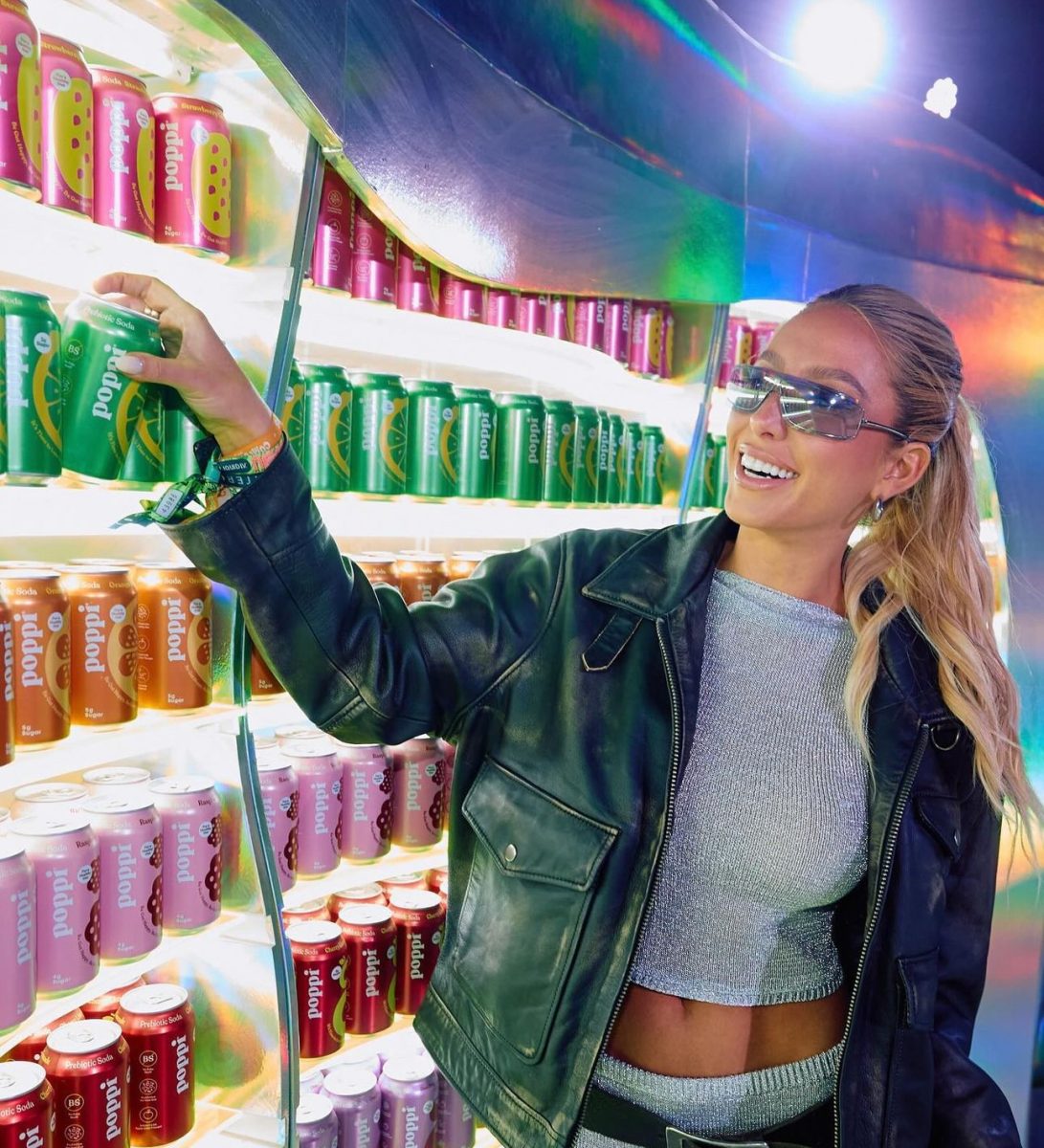
Let’s take big influencers like Alix Earle or Katie Fang, for example. With authentic, relatable, and exciting content showcasing their lives, both creators have gained a large following; Earle with more than 7 million followers on TikTok, and Fang with 5.6 million. That said, both have a lot of power to create an impact on their audiences – specifically, when marketing brands and their products.
Earle has partnered with brands like Poppi (a gut-healthy soda brand), Bloom Nutrition, White Fox, and various other trendy brands. Her promotion of these products has had huge effects on sales; for example, Poppi experienced a 200% boost in sales following Earle’s weekend at Coachella.

Since starting out making “get ready with me” videos, Fang has partnered with many popular beauty brands among the younger demographic, such as Glow Recipe, Drunk Elephant and Cetaphil. Specifically, by using her as the face of their new product line, Cetaphil was able to promote a more refreshed, youthful brand image for themselves.
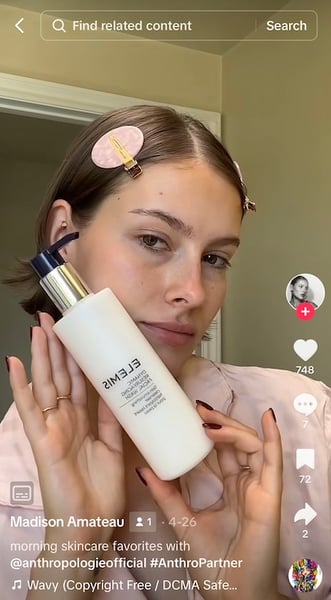
However, it’s not just the big influencers that can have an affect on consumer behavior. Smaller “micro” influencers have proved to be just as effective for brand promotion. How? Primarily, micro-influencers have more authentic audiences. Because they often have smaller, more tight-knit communities, it’s in their best interest to promote more products and genuinely engage with their audience. This is beneficial for brands as well as those consuming the content. Micro-influencers are more motivated to promote brands, and since they generally put out unbiased content, viewers are more likely to purchase the products.
In conclusion, the shift from traditional celebrity endorsements to influencer marketing reflects a significant change in how brands connect with audiences. While celebrities once starred as the face of advertisements, social media influencers have brought a new level of relatability, authenticity, and engagement to their viewers. Influencers have reshaped how brands build trust and younger demographics. The journey from celebrity to influencer signifies not only a shift in marketing strategy, but also a trend valuing genuine, interactive relationships.

